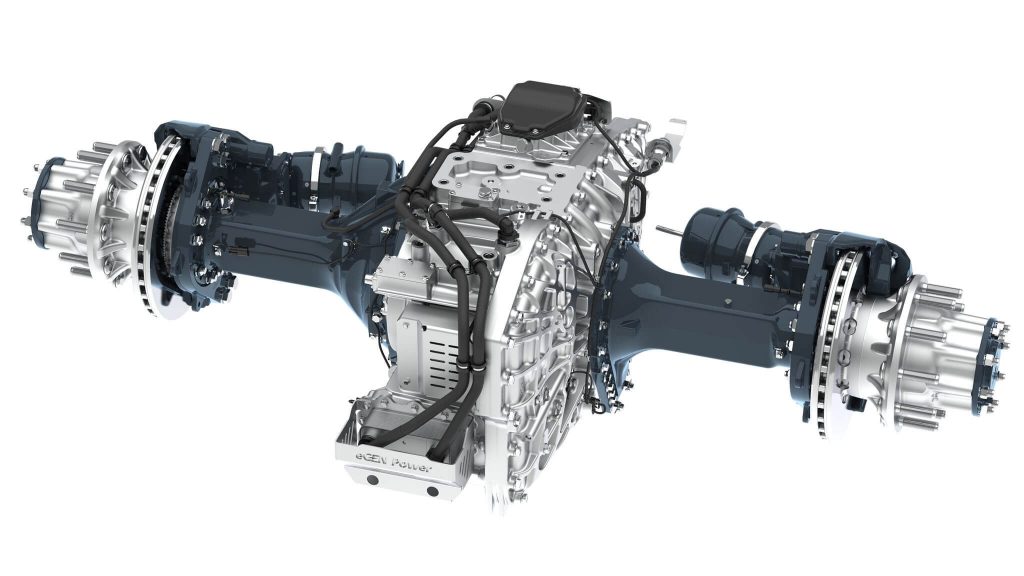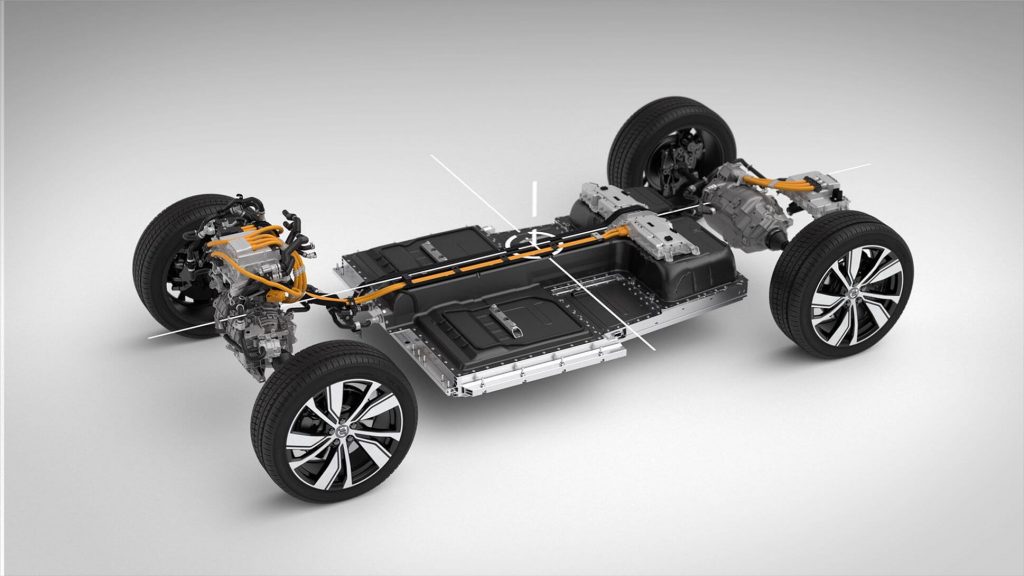Over the last 20 years electric vehicle start-ups have moved from obscurity into some of the world’s most valuable companies, most traditional automakers have committed to an electric future, drivers have been caught sleeping at the wheel of self-driving vehicles, and flying electric taxis have started to leave the pages of science fiction.
The rapid pace of change has been enabled by technological leaps in the underlying componentry and materials, from Li-ion batteries to LiDAR. But there is still a long way to go as the industry strives to close the performance gap with internal combustion engines, increase safety, lower costs, and overcome regulatory barriers.
Electrification is global and happening in all sectors. A decade ago, IDTechEx’s 2011 report ‘bullishly’ predicted 1.5 million battery-electric car sales by 2021 – this turned out to be an underestimate by over half, as China, the US, and Europe all grew their markets last year. The sheer volumes and successes of electric vehicles in the automotive market are driving down costs, creating opportunities for many other mobility sectors.
On the waterways, electric ferry deliveries have boomed to ~80MWh yearly as battery pack costs fell below $600 per kWh, energy densities improved and thermal management innovations vastly increased safety. Similar drivers are pushing forward investment into electric air-taxis, with American Airlines, Virgin Atlantic, United Airlines, UPS and Avolon, having all placed pre-orders. Electrification is not so much unstoppable as inevitable and will continue to play a dominant role in the decarbonization of mobility.
Autonomous vehicles will transform the automotive industry – again. Just as the industry grapples with massive changes in powertrain technology, IDTechEx expects commercial autonomous cars, or robotaxis, to be market-ready and match or exceed human safety by as early as 2024. Projecting forward current safety data, the implication is autonomous cars will be capable of fulfilling the world’s mobility needs without a single collision before 2050.

As a result, autonomy will have a profound impact on the travel habits of consumers: having removed the highest cost of current popular ride-hailing services – the driver – robotaxis will enable affordable mobility services, driving the market to grow rapidly at 30% CAGR. Private car ownership will become a relic of the past for new generations, and since one autonomous car has the capability to serve multiple people a day, fundamental demand for new cars is expected to fall even as global passenger-miles increase.
Lithium-based batteries will continue to be the great enabler for electrification. Without the popularisation of the Li-ion battery by Sony in the 1990s, electric vehicles would still be the horse that lost the race to the internal combustion engine. Battery technologies are evolving rapidly and there are many important market developments taking place. As battery costs level, the key focus for the industry will be increasing sustainability of raw materials and supply chains whilst ensuring there is still enough supply to meet the huge demand. Later in the decade, a move beyond Li-ion towards the holy grail of solid-state and lithium-metal batteries is critical for a step-change in safety and performance, and to open the door to new applications such as electric long-haul aircraft.
Advanced motors and power electronics are key to lowering cost and increasing range. Improving the efficiency of power electronics and electric traction motors is key to either increasing range or downsizing batteries (reducing costs). Two important trends in these areas are market convergence on permanent magnet motors and a transition towards wide bandgap semiconductor devices.

Due to their high performance and superior efficiency, permanent magnet motors are the default technology for traction applications and their market has naturally grown with the runaway success of electric cars. However, magnets make end-of-life recycling difficult, and raise concerns regarding price volatility and sustainable mining practices, with most material mined and sourced in China. Long-term reliance solely on permanent magnet machines is looking increasingly unsustainable, with warning signs starting to show in high neodymium prices – the primary ingredient of rare earth magnets. Magnet-free and even copper-free motor solutions are gaining interest and momentum. While motors are not as materially diverse as batteries, in a similar way we expect automakers to diversify their strategies to adopt several technologies to balance performance, sustainability, market demand, and cost.
Meanwhile, a switch to wide bandgap power electronics is well underway, predominantly with silicon carbide MOSFET devices. By 2030 roughly half the electric car market will have switched to these efficient devices, enabling efficient high voltage powertrains. Early in 2022, Mercedes showcased the Vision EQXX concept capable of 1000km. While there is a lot of technology behind this concept, including solar bodywork, design (drag factor), silicon anode batteries, and axial flux motors, a key enabler is the 900V platform – something only practical with silicon carbide.
Powertrain safety via thermal management will be critical as the market matures. As OEMs scramble towards electrification, battery safety is sometimes missed or not fully realized. This was publicly highlighted in a big way during 2020-2021 thanks to the safety-related recall of GM’s Bolt costing approximately $1.9 billion and they aren’t the only automaker that had EV recalls relating to potential fire risks.
The way in which batteries are designed is evolving at both a cell and pack level. Battery chemistry is evolving with higher nickel cathodes being adopted, LFP (lithium iron phosphate) batteries making a resurgence and more attention being paid to solid-state batteries. These changes have a profound impact on the requirements around thermal management and materials in EV batteries. Outside the cell, we see OEM’s transitioning towards cell-to-pack designs with announcements from Tesla, Stellantis, BYD, VW and more. This fundamental change in battery pack structure leads to changes in how thermal strategies and materials are incorporated, including thermal interface materials, coolant channels and fire protection.

Whilst much attention is focused on the battery, electric motors and power electronics are literally the driving force behind EVs and present their own thermal management and materials challenges. Permanent magnet motors require a specific operating temperature to avoid damage. Additionally, allowing the copper coils in a motor to get too hot can lead to reduced efficiency or damage to the winding insulation. The silicon carbide transition in power electronics is also presenting a host of package-level thermal challenges to deal with the increased junction temperatures including wire bonding, die-attach, and substrate technologies.
Hydrogen fuel cells are the last piece of the puzzle to decarbonize land transport. While the race is being led by battery electric vehicles, battery solutions can’t always deliver for use cases that require significant range, high loads, brief downtime, and high operational flexibility. For example, long-haul trucking and high milage city bus operations. In addition, while demand is high and outstrips supply, batteries will be prioritized into light-duty sectors where they are most profitable. All this is creating opportunities for fuel cells, and giants like Toyota, Hyundai, GM, and Daimler are continuing to pump millions into improving fuel cell system technology and wider hydrogen infrastructure. Fuel cells have many weaknesses compared with batteries but should not be discarded in heavy-duty segments to help meet climate goals.
